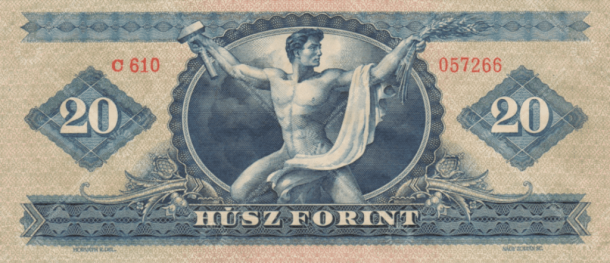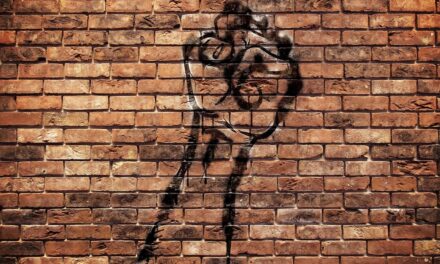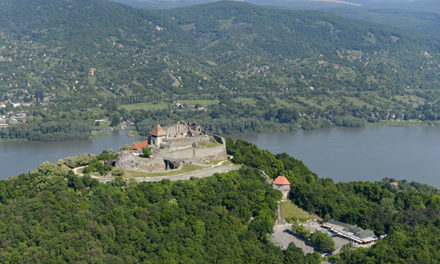In the years following the Second World War, István Hegedűs was considered the "most handsome sportsman".
The multiple Hungarian champion pentathlon became the emblematic figure of the new twenty-forint note, and Zsigmond Strobl Kisfaludi modeled one of the side figures of the Freedom Statue on Gellért Hill, the Torch Bearer, after him. It is said that he was also the stunt double for actor Tibor Bitskey in the 1954 film The Lieutenant of Rákóczi.
István Hegedűs posing as a five-legged model for the male figure of the 20 HUF banknote in 1946
The work photo in Fortepan's collection was made by graphic artist Mihály Füle for the design work of one of the denominations of the forint, a new currency introduced after the enormous inflation following the war. Endré Horváth was entrusted with the twenty-forint design, and Zoltán Nagy with the engraving. The allegorical figure was originally drawn by Mihály Füle, who was training to become a painter, although his name does not appear on the banknote in use between 1948 and 1992. When designing the denomination, Füle searched for a long time for the right model, and finally found it at the College of Physical Education. On the finished banknote, the body is that of Hegedűs, but the portrait is stylized. According to Füle's recollections, the handsome sportsman caught a cold in the cold studio.
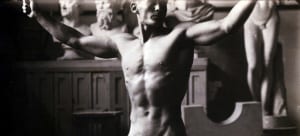
Photo: Mihály Füle / FORTPAN
Kisfaludi Strobl modeled one of the side figures of the Gellérthegy Freedom Statue (officially known as the Liberation Monument), the Torch Bearer, after Zsigmond Hegedűs.
István Hegedűs was born in Nyíregyháza in 1924. The good swimmer, gymnast, skier, wrestler and water polo player went to Budapest, where he became a BSZKRT Előre competitor, then a selected pentathlon athlete.
In 1948, he won the Hungarian pentathlon championship, and two years later won the gold medal as a team. In 1952, he participated in the Helsinki Olympics as a reserve.
In 1956, Hegedűs, known as Fityula after his favorite horse, was the swimming coach of Vasas. The day after the outbreak of the revolution, he and one of his colleagues went to the swimming pool from their apartment on Szófia Street to send home the children who had come for training.
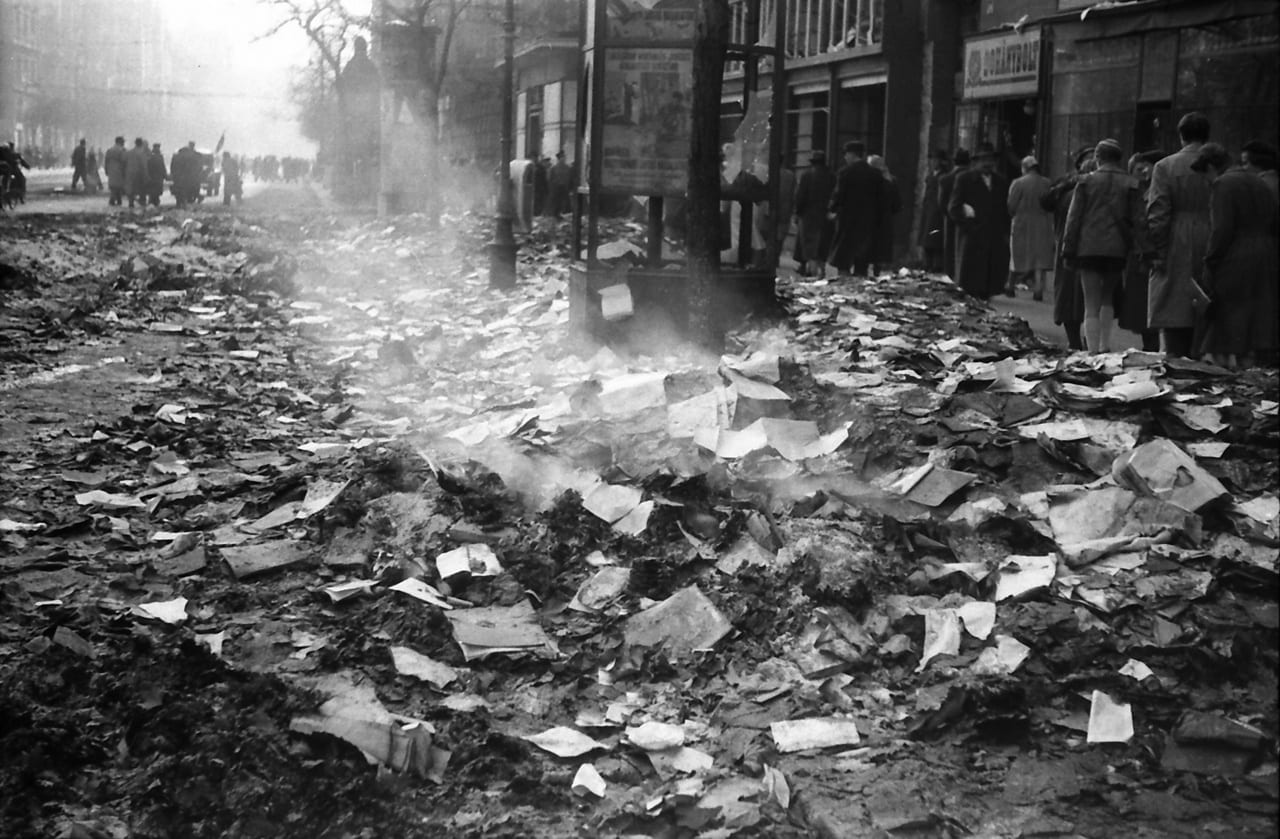
Lenin (today Teréz) boulevard seen from Oktogon and Szófia (today Dohnányi) utca in 1956 (Photo: Pesti Srác / Fortepan)
On the way, at the corner of Nagykörút and Szófia utca, he was hit by a stray bullet from an ÁVO team coming to burn books, and he died from the injury. He was first buried in the courtyard of a nearby apartment building on Izabella Street.
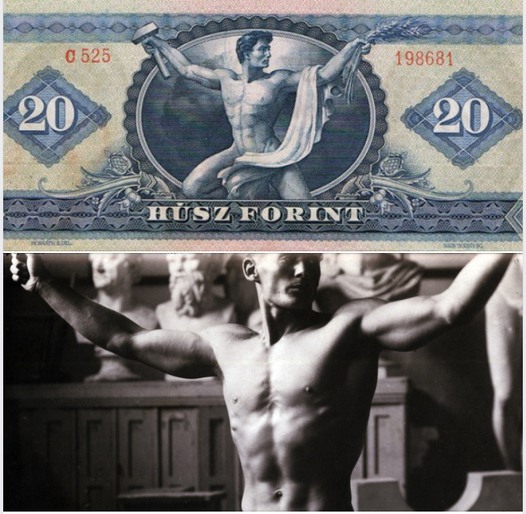
Hegedűs' body was exhumed in the spring of 1957 and laid to rest in the Kerepesi úti cemetery. The paper twenty-forint kept its shape until the nineties, and the Gellérthegyi Fáklyaviő until today.

